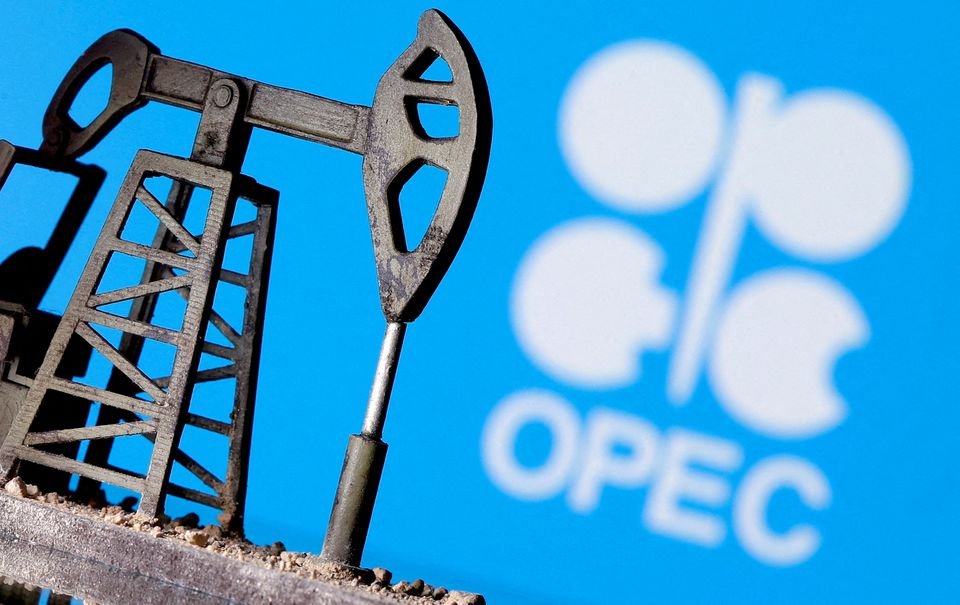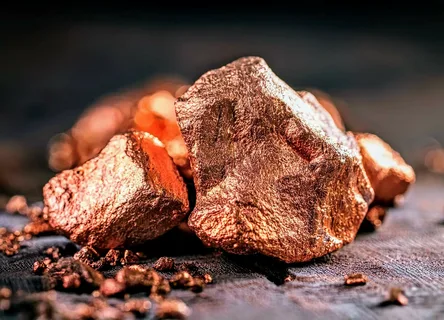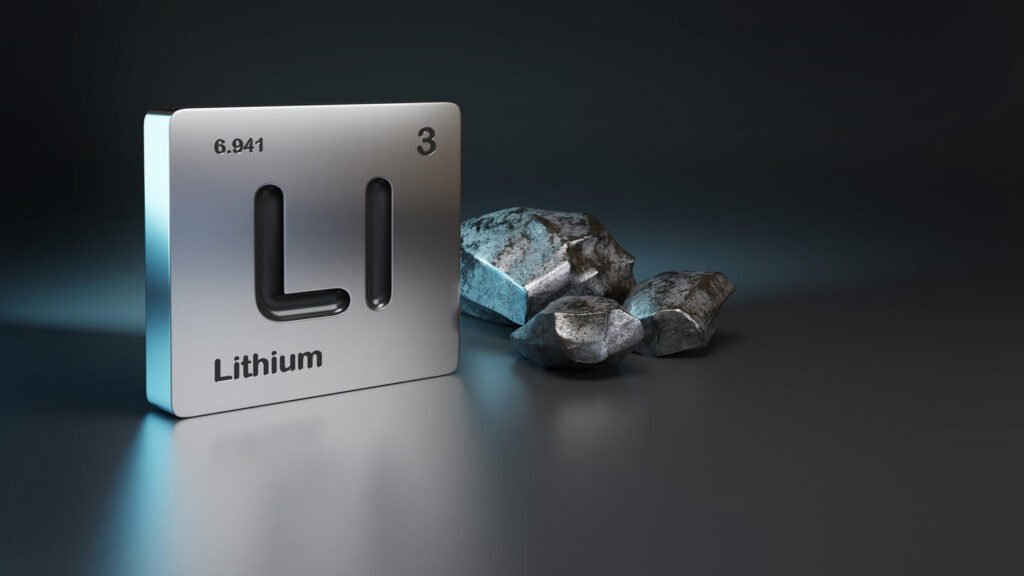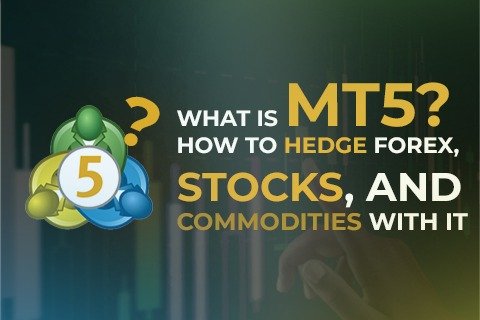Markets change, but some patterns recur: supply squeezes, policy shifts, and unexpected shocks create tradable volatility. In 2025, five commodities stand out for retail traders who want liquid markets, clear fundamental drivers, and practical ways to hedge or speculate. I’ll walk you through gold, Brent crude, natural gas (LNG), copper, and lithium why they matter, how professionals are positioning, and how you can trade them safely from Pakistan using common instruments and risk rules.
Why commodities should be part of a Pakistani trader’s toolbox
Commodities are directly connected to macroeconomic variables that affect everyday life in Pakistan, including fuel costs, import bills, inflation, and industrial demand. Trading commodities alongside forex or stocks helps you diversify exposure and design hedges for local risks such as PKR weakness or rising fuel bills. For example, higher Brent directly increases import bills and can pressure PKR, while gold often behaves as an inflation hedge and FX proxy for domestic savers. That two-way link between global commodities and local markets makes these instruments especially relevant for Pakistani retail traders.
How I picked the top five: criteria that matter
I selected commodities using three filters: liquidity (easy to enter/exit via futures/ETFs/CFDs), structural demand (long-term drivers like energy transition or central bank reserves), and short- to medium-term catalysts (supply disruptions, policy shifts, inventory reports). Those filters consistently point toward gold, Brent crude, natural gas (LNG), copper, and lithium in 2025.
1) Gold — the classic hedge, but with a new buyer: central banks
Why trade gold now?
Central bank buying and ETF inflows have been a key support for gold in 2025. Major research houses flagged persistent central-bank purchases and softer real yields as arguments for higher gold prices. These are structural forces that can sustain rallies beyond brief risk episodes.
How Pakistani traders can trade it:
- Buy XAU/USD CFDs for intraday/swing exposure; consider gold ETFs for longer holds.
- Use gold as a hedge for PKR risk: a small allocation (5–15%) can reduce portfolio drawdown during currency shocks.
- Watch real US yields and central bank statements those are the biggest short-term price drivers.
Simple example:
If you expect a PKR depreciation of 5% over three months (importer risk), a modest allocation to a gold ETF or CFD could offset part of the FX pain while keeping cash for working capital.
Pro tip:
On EI Commodities, you can test gold strategies on demo, use correlation tools to monitor XAU/USD vs USD/PKR, and set non-emotional stop rules.
Citations: Goldman Sachs gold forecast; World Gold Council demand data.

2) Brent Crude — geopolitics, OPEC+ and Pakistan’s import bill
Why trade Brent?
Oil remains the economy’s pressure point. Geopolitical risks, OPEC+ decisions, and shipping disruptions can tighten supply quickly and lift prices. Surveys in 2025 pointed to a modestly higher Brent average versus earlier outlooks, and the IEA continues to track demand growth that keeps the market sensitive to shocks.
How Pakistani traders can trade it:
- Trade Brent CFDs or oil futures for direct exposure; consider energy ETFs for diversified exposure.
- Use short-term hedges (options or CFD short positions) if you’re an importer worried about rising fuel costs.
- Monitor OPEC+ meetings, EIA weekly inventory reports, and Red Sea / Strait of Hormuz headlines.
Case in point:
A Karachi logistics firm used short Brent futures exposure as a partial hedge last year; when a supply scare lifted prices, their hedge reduced the impact on diesel procurement costs.
Caveat:
Oil markets can flip from tight to surplus as supply ramps follow EIA/IEA reports and OPEC signals closely.

3) Natural Gas / LNG — heating, power, and an Asian demand story
Why trade natural gas?
Global gas demand hit highs as emerging markets used more gas for power and industry; the LNG market remains tight into 2025 with new projects and seasonal demand swings shaping prices. Natural gas price moves can be sharp and are often driven by weather, inventories, and new export capacity.
How Pakistani traders can trade it:
- Use Henry Hub or regional wholesale gas CFDs/ETFs as a proxy (spot retail access varies).
- Trade power/energy stocks or ETFs that are sensitive to gas prices if direct gas products are unavailable.
- Watch EIA weekly gas inventory reports and IEA gas market summaries for trade triggers.
Practical example:
Short-term trades around cold snaps or LNG contract renewals (Asia) have produced sharp intraday moves—suitable for disciplined swing traders with tight stops.
Citations: EIA Short-Term Energy Outlook; IEA gas market review.

4) Copper — the industrial metal tied to electrification
Why trade copper?
Electrification, grid upgrades, and EV rollouts are structural copper demand drivers. Industry analysts expect robust demand growth in 2025 as power and transport sectors expand, while supply-side discipline (mine closures or slow project starts) can tighten the market. Wood Mackenzie and CRU forecasts point to upward pressure on copper over the medium term.
How Pakistani traders can trade it:
- Trade LME copper futures via CFDs or copper ETFs.
- Use copper as a barometer for industrial activity — a lead indicator for some PSX cyclical stocks (cement, heavy industries).
- Monitor inventory data from LME and SHFE and watch infrastructure announcements in India and ASEAN.
Trader example:
A Lahore-based trader used a copper long after a reported supply disruption in Chile and captured a strong 8–10% swing over three weeks, demonstrating good risk/reward when combining technical entries with fundamental news.
Citations: Wood Mackenzie copper commentary; CRU copper outlook.

5) Lithium and battery metals — volatile but theme-driven
Why trade lithium?
Battery metals power the energy transition. After price dislocations in prior years, 2025 showed signs of supply rebalancing and policy-backed EV demand (especially in China), which could support a recovery in lithium prices. That makes lithium a candidate for speculative positions and thematic ETF exposure.
How Pakistani traders can trade it:
- Use battery metals ETFs or trade listed miners via international brokers if direct lithium contracts aren’t available.
- Treat lithium as a higher-volatility thematic exposure — position size conservatively.
- Watch EV sales data, Chinese subsidy announcements, and mine-closure news for catalysts.
Risk note:
Lithium is volatile. Prices can surge or collapse as new supply comes online or demand expectations change. Use size and stop discipline.
Citations: Reuters lithium analysis; market outlook pieces.

Practical trading tips & risk rules for Pakistani retail traders
-
Start with an economic calendar:
EIA, IEA, OPEC, and major central bank events move commodity markets. Align trade windows with these events
-
Position sizing:
Never risk more than a small percentage (1–2%) of your account per trade. Commodities can gap on news.
-
Use demo testing:
Try strategies on the EI Commodities demo (CFDs, MT5) before going live. This reduces execution and emotional mistakes.
- Hedge where appropriate:If you’re an importer exposed to oil, consider short oil positions or options to cap downside. See our MT5 hedging guide for practical hedging workflows.
-
Watch correlations:
Gold often moves inversely to real rates and sometimes alongside USD weakness; copper correlates with industrial cycles; gas reacts to weather and inventories. Use correlations to build multi-leg strategies and manage portfolio risk.
Where and how to trade these commodities (platform & instruments)
Retail traders can access these markets via: CFDs (gold, oil, copper), commodity futures (via regulated brokers), ETFs (gold, battery metals), and spot metals. EI Commodities offers multi-asset access, demo accounts, and MT5 support — useful for hedging and algorithmic testing. For practical learning, test small, use the platform’s risk tools, and join live webinars to see trade planning in action.
Conclusion — a balanced approach wins
2025 offers clear commodity themes: safe-haven demand for gold, geopolitically sensitive oil, tighter gas markets, industrial copper demand, and a cautious recovery in lithium. Each offers tradeable moves, but none are free of risk. For Pakistani retail traders, the best approach is measured: pick one or two commodities that match your time horizon, size positions conservatively, use demo testing and hedging tools (see our MT5 guide), and track macro triggers that affect these markets. That way, you benefit from real opportunities while protecting capital.
Ready to try a commodity strategy? Open a demo account with EI Commodities, test the ideas above on MT5 or our web platform, and join our next commodity market workshop to build a live trade plan.
Further reading: What is MT5? How to Hedge Forex, Stocks, and Commodities with It.









